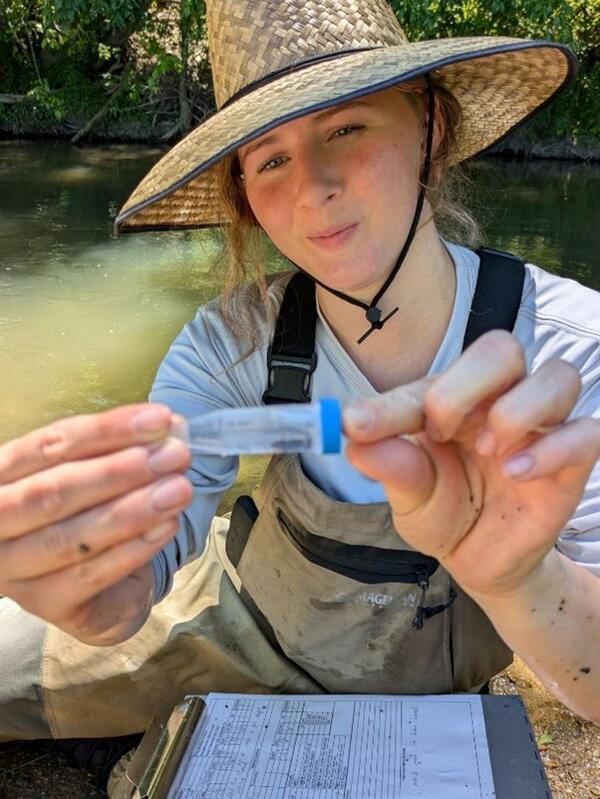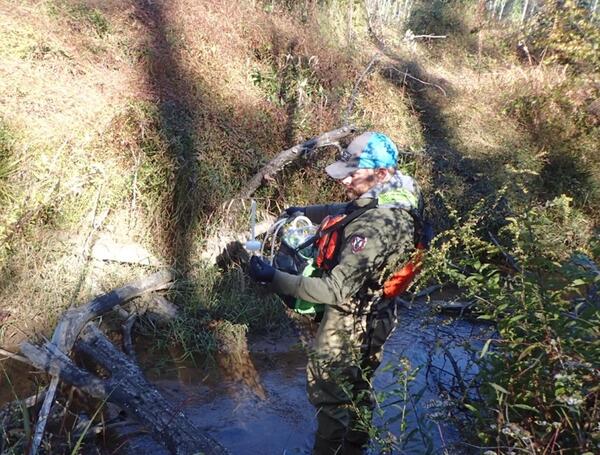Research Interests
Mark's research interests include fisheries ecology and management, population dynamics, and ecological modeling. He has studied fisheries in sub-tropical and temperate lakes and reservoirs, the Laurentian Great Lakes, and Australian rivers.
PROFESSIONAL EXPERIENCE
2015-Present Unit Leader, Tennessee Cooperative Fishery Research Unit, Tennessee Tech University, Cookeville, TN
2011-2015 Research Fishery Biologist, U.S. Geological Survey, Great Lakes Science Center, Lake Erie Biological Station, Sandusky, OH
2010-2011 Research Ecologist, U.S. Geological Survey, Great Lakes Science Center, Ann Arbor, MI
2007-2010 Post-doctoral Researcher, University of Florida, Gainesville, FL
2003-2007 Alumni Fellow, University of Florida, Gainesville, FL
2002-2003 Biological Scientist, University of Florida, Gainesville, FL
2000-2002 Research Assistant, University of Wisconsin-Stevens Point, Stevens Point, WI
1998-2000 High School Teacher, East Rowan High School, Salisbury, NC
1997-1998 Fishery Technician, Virginia Tech, Blacksburg, VA
1996-1997 Fishery Technician, N.C. State University, Raleigh, NC








